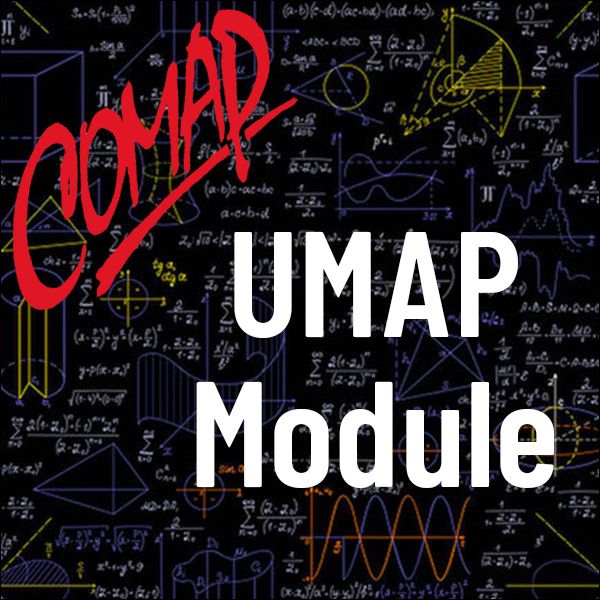Basic Descriptive Statistics (UMAP)
Author: Richard Walker, Mansfield State College
With completion of this module students will be able to: 1) use frequency distributions and histograms to summarize data; 2) calculate means, medians, and modes as measures of central location; 3) decide which measure of central location may be most appropriate in a given instance; and 4) calculate and interpret precentiles.
Table of Contents:
1. THE NEED TO SUMMARIZE DATA - AN EXAMPLE
2. METHODS OF SUMMARIZING DATA
2.1 Frequency Distribution
2.2 Histograms
3. MEASURES OF LOCATION - ANOTHER METHOD OF SUMMARIZING DATA
3.1 The Arithmetic Mean
3.1.1 Computing the mean for raw data
3.1.2 Computing the mean from a frequency distribution
3.1.3 Properties of the mean
3.2 The Median
3.2.1 Computing the median from raw data
3.2.2 Computing the median from a frequency distribution
3.2.3 Properties of the median
3.3 The Mode
4. CHOOSING A MEASURE OF LOCATION
5. PERCENTILES, DECILES AND QUARTILES
5.1 Perecntiles
5.2 Computing Percentiles
5.3 Deciles and Quartiles
6. MODEL EXAM
7. ANSWERS TO EXERCISES
8. ANSWERS TO MODEL EXAM

Mathematics Topics:
Application Areas:
Prerequisites:
You must have a Full Membership to download this resource.
If you're already a member, login here.